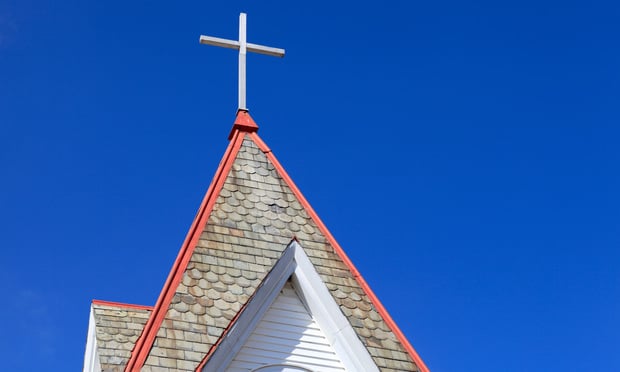 The nation has changed so much over the past two years, and that manifests itself in the insurance industry. Underwriters need to be vigilant about watching the trajectory of these trends; as we saw in early 2020, the landscape can change at a moment's notice. (Photo: Chubykin Arkady/Shutterstock)
The nation has changed so much over the past two years, and that manifests itself in the insurance industry. Underwriters need to be vigilant about watching the trajectory of these trends; as we saw in early 2020, the landscape can change at a moment's notice. (Photo: Chubykin Arkady/Shutterstock)
It has now been two years since COVID-19 began wreaking havoc on public health, the economy and the way much of our society conducts business. While many aspects of insurance underwriting have largely returned to the way they were before the pandemic, others will be forever changed — and not just because of COVID-19.
Recommended For You
Want to continue reading?
Become a Free PropertyCasualty360 Digital Reader
Your access to unlimited PropertyCasualty360 content isn’t changing.
Once you are an ALM digital member, you’ll receive:
- Breaking insurance news and analysis, on-site and via our newsletters and custom alerts
- Weekly Insurance Speak podcast featuring exclusive interviews with industry leaders
- Educational webcasts, white papers, and ebooks from industry thought leaders
- Critical converage of the employee benefits and financial advisory markets on our other ALM sites, BenefitsPRO and ThinkAdvisor
Already have an account? Sign In Now
© Touchpoint Markets, All Rights Reserved. Request academic re-use from www.copyright.com. All other uses, submit a request to [email protected]. For more inforrmation visit Asset & Logo Licensing.







